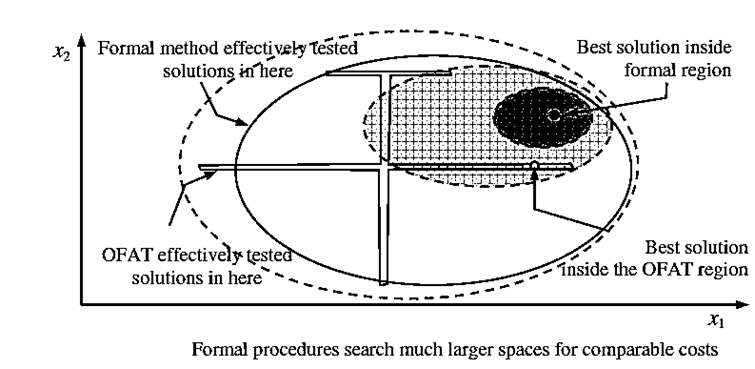The Culture Of Discipline
The Culture of Discipline:
These reasons can be helpful for motivating engineers and scientists to use these methods, and for overcoming human tendencies to avoid activities requiring intellectual discipline.
This motivation might help to build something like the data-driven “culture of discipline” identified by Collins (2001).
The primary reason for formality in decision-making is the common need for extremely high quality levels. This follows from growing international competition in all sectors of the economy. Also, miniaturization and mass customization can make problems hard to comprehend. Often, for the product to have a reasonable chance of meeting customer expectations, the probability that each quality characteristic will satisfy expectations (the “yield”) must be greater than 99.99%. Workers in organizations often discover that competitor companies are using formal techniques to achieve the needed quality levels with these tough demands.
We will use the phrase “One-Factor-at-a-Time” (OFAT) to refer to trial-and-error experimentation, following the discussion in Czitrom (1999).
Intuitively, one performs experimentation because one is uncertain which alternatives will give desirable system outputs. Assume that each alternative tested thoroughly offers a roughly equal probability of achieving process goals. Then the method that can effectively thoroughly test more alternatives is more likely to result in better outcomes.
Formal methods:
a. Spread tests out inside the region of interest where good solutions are expected to be and
b. Provide a thorough check of whether changes help.
For example, by using interpolation models, e.g., linear regressions or neural nets, one can effectively thoroughly test all the solutions throughout the region spanned by these experimental runs.
OFAT procedures have the advantages of being relatively simple and permitting opportunistic decision-making.
Imagine the dashed lines indicate contours of yield as a function of two control factors, x1 and x2. The chance that the OFAT search area contains the high yield required to be competitive is far less than the formal method search area.

Example What types of evidence are most likely to convince management toinvest in training and usage of formal SQC and DOE techniques?
Answer: Specific evidence that competitor companies are saving money is most likely to make management excited about formal techniques. Also, many people at all levels are impressed by success stories. The theory that discipline might substitute for red tape might also be compelling.